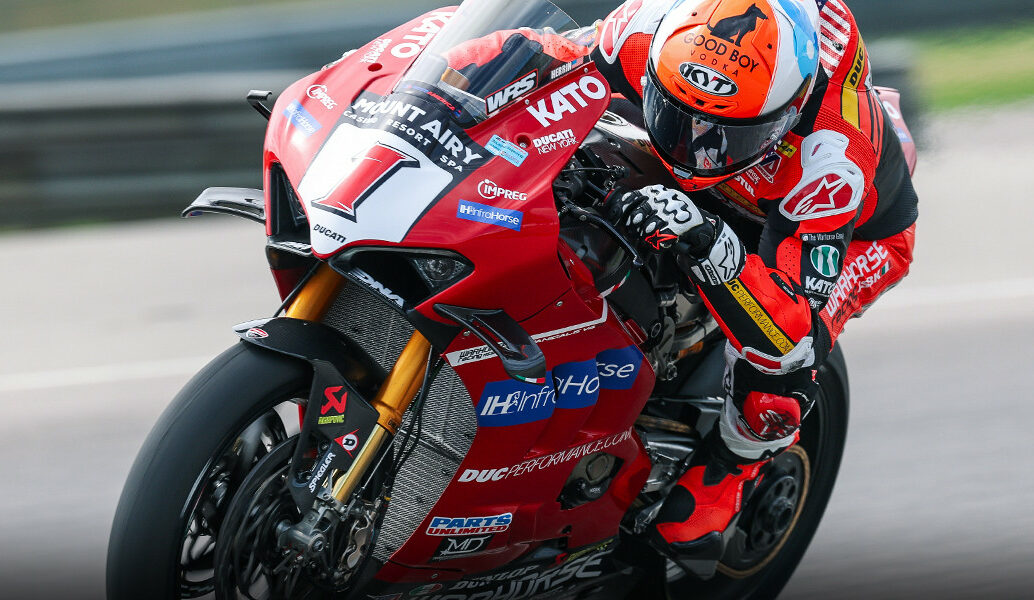Chicken rendang and rasam: Sugen Gopal’s recipes for Malaysian comfort food
A simple, fragrant, restorative soup, plus a chickeny twist on the classic Indonesian-Malay aromatic ‘dry’ curryComfort food means different things to different people, and today’s recipes are what do it for me. Rasam is the dish I crave whenever I’m feeling under the weather, because it gives me a boost. This thin, brothy soup is considered to be very good for digestion, so in Malaysia we often serve it at the end of a meal. Rendang, meanwhile, originated in Indonesia before becoming popular across south-east Asia, and is now particularly associated with Malaysia. It is spicy, sweet and very fragrant, because it features both lemongrass and lime leaves. I learned how to cook it from my mum and auntie back at home in Seremban – Mum’s version uses fresh green chillies, but I also add some dried kashmiri chillies, to give it a darker colour and, in my opinion, a better flavour, too. As with many Malaysian recipes, it all begins by making a kari paste, which you can do well in advance, if you wish. Mum taught me to cook the meat separately from the paste, but nowadays I tend to cook them together in the same pan for ease. Continue reading...

A simple, fragrant, restorative soup, plus a chickeny twist on the classic Indonesian-Malay aromatic ‘dry’ curry
Comfort food means different things to different people, and today’s recipes are what do it for me. Rasam is the dish I crave whenever I’m feeling under the weather, because it gives me a boost. This thin, brothy soup is considered to be very good for digestion, so in Malaysia we often serve it at the end of a meal. Rendang, meanwhile, originated in Indonesia before becoming popular across south-east Asia, and is now particularly associated with Malaysia. It is spicy, sweet and very fragrant, because it features both lemongrass and lime leaves. I learned how to cook it from my mum and auntie back at home in Seremban – Mum’s version uses fresh green chillies, but I also add some dried kashmiri chillies, to give it a darker colour and, in my opinion, a better flavour, too. As with many Malaysian recipes, it all begins by making a kari paste, which you can do well in advance, if you wish. Mum taught me to cook the meat separately from the paste, but nowadays I tend to cook them together in the same pan for ease. Continue reading...











































![Kyoto Hotel Refuses To Check In Israeli Tourist Without ‘War Crimes Declaration’ [Roundup]](https://viewfromthewing.com/wp-content/uploads/2025/04/war-crimes-declaration.jpeg?#)


![New Best Ever Bonus for Capital One Venture Card Available Through Referrals [YMMV]](https://boardingarea.com/wp-content/uploads/2025/04/6cbab7b59a0f3413c2a8f73cf771602a.png?#)

























